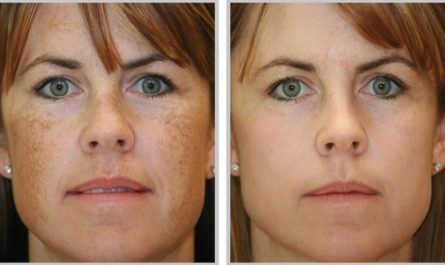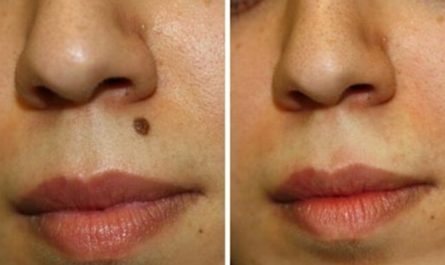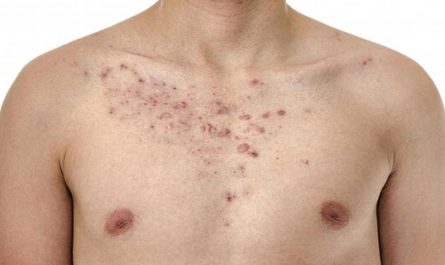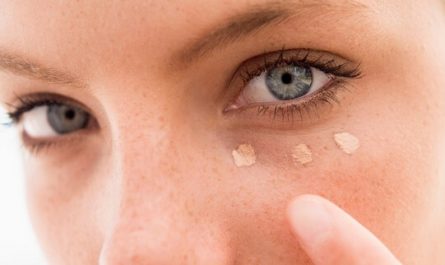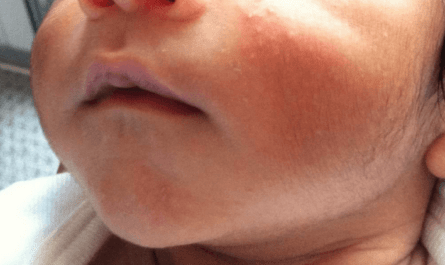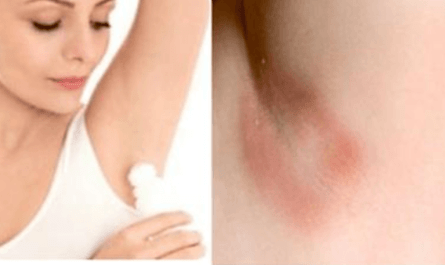A pimple on the lip and a cold sore may look similar; both a pimple and a cold sore cause reddish bumps and make you uncomfortable. So, how to tell if it is a cold sore or a pimple? Although similar, these are distinct skin disorders and require different treatments. There are a lot of differences between their causes, symptoms, and treatments.
This article discusses their clear differences and how to eliminate these conditions. If you are unsure whether you have a cold sore or a pimple on the lip, it is best to consult your dermatologist for a proper diagnosis and correct treatment.
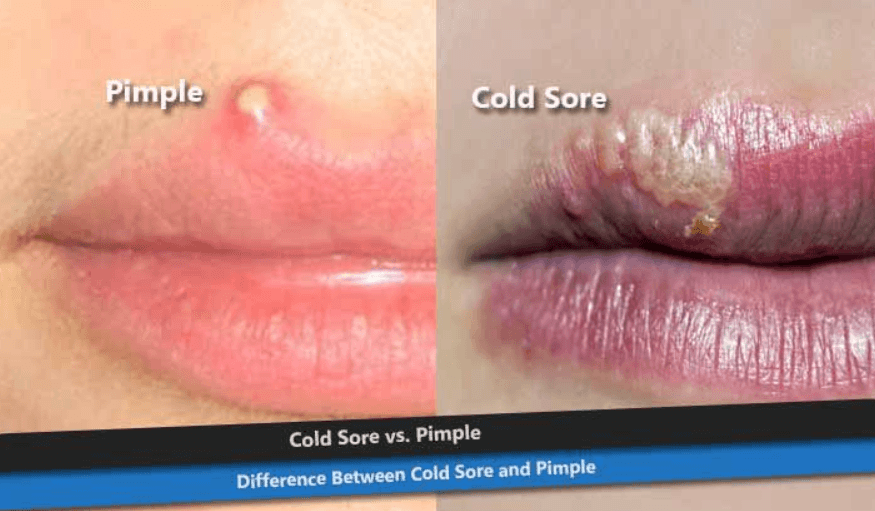
What is a Cold Sore
A cold sore, also known as herpes simplex or fever blisters, is a common viral infection described as small, blister-like lesions around or on your lips. In rare cases, they may also appear inside the nostrils, cheeks, chin, and roof of the mouth or gums. Usually grouped in patches, a crust develops over the sore when the blisters pop or break.
The most common cause of cold sores is herpes simplex type 1 (HSV-1). It can also be caused by HSV-2, which is commonly responsible for herpes in the genital area. Cold sores are highly contagious and can affect the genital area or mouth through oral sex.
An infected person can spread the virus even without signs or symptoms. The virus usually remains dormant, but a trigger can activate the virus and cause the appearance of cold sores. The infection is most contagious when blisters are present, especially when oozing. The symptoms are usually clear within seven to ten days without treatment.
Although there is no cure for HSV infection, antiviral medications can alleviate the symptoms and prevent the blisters from returning. The virus remains inactive but can be triggered by injury and fatigue.
Symptoms of Cold Sore
Most people have the herpes simplex virus but do not develop any signs. They will only know they have it when the virus is triggered and cold sores appear.
A cold sore commonly goes through different stages:
- Itching and tingling sensation. You may feel a burning, tingling, or itching sensation in the affected area a few days before spots or blisters appear.
- Blisters. Fluid-filled blisters tend to break out near the edge of the lips. It may also occur on the cheek, chin, or nose.
- Oozing and crusting. Patches of blisters may burst, leaving small open sores that ooze fluid and dries over.
The first outbreak is the most severe and may take two to four weeks to heal. The blisters may recur on the same spots but are less severe. During outbreaks, you may also experience:
- Blisters, lesions, or ulcers on the tongue or mouth
- Mouth or tongue pain
- A sore throat
- A headache, nausea, fever
- Swollen lymph nodes
- Difficulty swallowing
- Painful gums
- Muscle pain
Cold sores usually disappear without treatment. See a doctor if you have a compromised immune system, experience severe symptoms, cold sores do not heal after two weeks, and you experience eye irritation.
Treatments for Cold Sores
Although cold sores cannot be cured completely, they usually automatically disappear in 2-4 weeks; however, you can speed up the healing process with antiviral medications available in cream, ointment, and pill form.
Antiviral pills include:
- Acyclovir (Zovirax)
- Valacyclovir (Valtrex)
- Famciclovir (Famvir)
Ointments for alleviating the symptoms include:
- Acyclovir (Zovirax ointment)
- Penciclovir (Denavir)
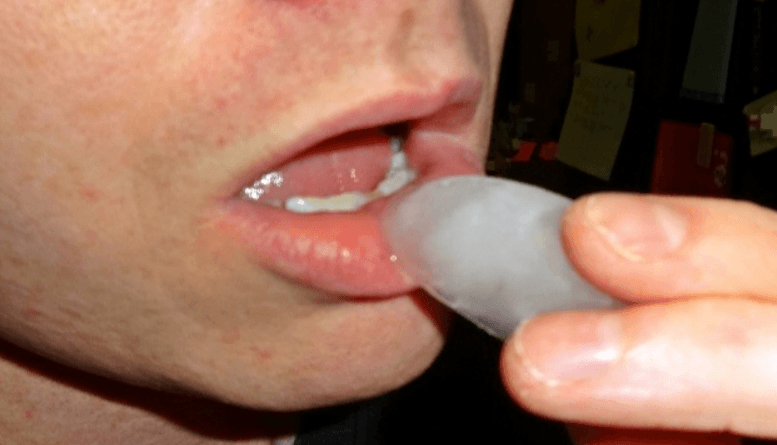
What is a Pimple on the Lip?
A pimple on the lip, also known as zit, carbuncle, boil, and bleb, is an inflamed spot on the skin with pus in the center. It is a common skin condition when the hair follicles become clogged with dead skin cells and oil.
Pimples usually appear on your face, chest, neck, shoulders, and back. Unlike cold sores, pimples are noninfectious and are caused by localized bacterial overgrowth.
Pimples on the lip are most common among teenagers, but older adults and younger children may also develop them.
Symptoms of Pimples on the lip
Depending on the severity of the condition, some signs of a pimple or acne may include:
- Pus in the center that eventually drains
- Whiteheads or blackheads
- Nodules or painful, solid lumps beneath the surface of your skin
A pimple on the lip is larger than a cold sore. You can easily differentiate the two by checking the formation of pus.
Causes of Pimples on Lips
The common causes of a pimple are bacteria, clogged pores, dead skin cells, excessive oil production, an allergic reaction, and hormonal imbalance.
Hair follicles and oil glands secrete sebum to keep the skin and hair lubricated. When the body produces a lot of sebum, it can make a soft plug in the hair follicles and dead skin cells. This blockage allows bacteria to thrive. Inflammation occurs when the clogged pore becomes infected and may cause the follicle wall to swell, producing a whitehead.
Some other reasons can lead to your lip pimples.
- Hormonal imbalance
The main cause of a pimple on the lip is excess sebum. If your hormones change quickly, the sebum production process will be disturbed. This can easily lead to clogged pores and infections on your skin. This is why many women tend to get a pimple on their lips.
Some foods, such as whole-grain, coconut oil, and green leafy vegetables, can help you balance your hormones.
- Allergic reaction
Some cosmetics, foods, and medicines can irritate your skin and lead to allergic reactions. You may notice inflammation, blisters, hives, itching, and redness around your lips or face. Some people with skin diseases, such as rosacea, are more prone to experience an allergic reaction.
You should try to avoid contact with these allergens. In addition, taking vitamin C can enhance your immunity and reduce allergic reactions.
- Stress
Stress can affect your immune system and lead to pimples on your lip. According to a study published by Stanford University, stress can cause hormone levels to fluctuate, leading to acne on the skin. You should try to avoid stress. Running, swimming, yoga, and listening to music are all good methods to help you relax.
- Bad habits
Some bad habits may also cause pimples on the lips. If you have a poor diet, the body may lack enough vitamins and minerals. You are more prone to acne if you often eat greasy, salty, and spicy foods. You should try to consume some foods rich in fatty acids, zinc, vitamin, and antioxidants.
In addition, low-quality makeup can also lead to unsightly lip bumps. Try to avoid sleep before removing the makeup.
A Pimple on Lip or Cold Sore? How to Tell the Difference
Pimples and cold sores may appear similar at first glance, but distinct features set them apart. Let’s delve into the details to understand how to differentiate between the two.
Appearance
- Pimple: A pimple on the lip usually appears as a small, raised red bump. It may have a white or yellow center, indicating the presence of pus. Pimples can occur anywhere on the face, including the lip area.
- Cold Sore: Cold sores, also known as fever blisters, are caused by the herpes simplex virus (HSV-1). They typically manifest as clusters of fluid-filled blisters on or around the lips. These blisters are often accompanied by itching, tingling, or a burning sensation.
Causes
- Pimple: Pimples occur when hair follicles become clogged with oil, dead skin cells, and bacteria. Hormonal changes, stress, and poor skincare routines can contribute to developing pimples.
- Cold Sore: Cold sores are caused by the herpes simplex virus type 1 (HSV-1). The virus is highly contagious and spreads through direct contact, such as kissing or sharing utensils with an infected person.
Duration
- Pimple: Pimples typically go away on their own within a week or two. However, picking or squeezing a pimple can prolong healing and lead to scarring.
- Cold Sore: Cold sores usually last for about 7 to 10 days. The blisters go through different stages, including blister formation, bursting, and crusting, before finally healing completely.
Contagiousness
- Pimple: Pimples are not contagious and cannot be spread from person to person. They are a result of internal factors and external influences on the skin.
- Cold Sore: Cold sores are highly contagious, especially when the blisters ooze fluid. Avoid direct contact with the affected area to prevent spreading the virus to others or different parts of your body.
Treatment Options
- Pimple: Pimples can often be managed with over-the-counter topical treatments containing benzoyl peroxide or salicylic acid. In severe cases, a dermatologist may prescribe oral medications or perform procedures such as extraction or cortisone injections.
- Cold Sore: Although there is no cure for the herpes simplex virus, antiviral medications can help reduce the duration and severity of cold sores. These medications are most effective when taken at the earliest sign of an outbreak. Over-the-counter creams and ointments can also provide symptomatic relief.
Prevention
- Pimple: To prevent pimples, maintain a regular skincare routine that includes gentle cleansing, exfoliation, and moisturizing. Avoid touching your face with unwashed hands and picking or popping pimples, as it can worsen inflammation and lead to infection.
- Cold Sore: Cold sores can be prevented by avoiding direct contact with individuals experiencing an outbreak. Refrain from sharing personal items such as lip balms, toothbrushes, or eating utensils. Maintaining a strong immune system through a healthy lifestyle can also help minimize the frequency and severity of cold sore outbreaks.
Frequently Asked Questions (FAQs)
1. Can a pimple on the lip turn into a cold sore?
No, a pimple cannot transform into a cold sore. They are two distinct conditions caused by different factors.
2. Are cold sores always painful?
Cold sores can cause discomfort, such as itching, tingling, or a burning sensation. However, the level of pain varies from person to person.
3. Are cold sores contagious even after they have healed?
The herpes simplex virus can remain dormant in the body after an outbreak, making it possible to transmit it even when there are no visible signs of cold sores.
4. Can stress trigger the development of pimples or cold sores?
Yes, stress can contribute to developing pimples and cold sores. Managing stress levels through relaxation techniques and self-care practices is essential for maintaining healthy skin.
5. Can applying toothpaste on a pimple help in its treatment?
While some individuals find temporary relief by applying toothpaste to a pimple, it is not a recommended or scientifically proven treatment. It is best to stick to dermatologist-recommended products.
6. Are there any natural remedies for cold sores?
Although natural remedies may offer some relief, consulting with a healthcare professional for appropriate treatment options is crucial. Natural remedies such as aloe vera, lemon balm, or tea tree oil may help soothe symptoms but not cure the underlying viral infection.

